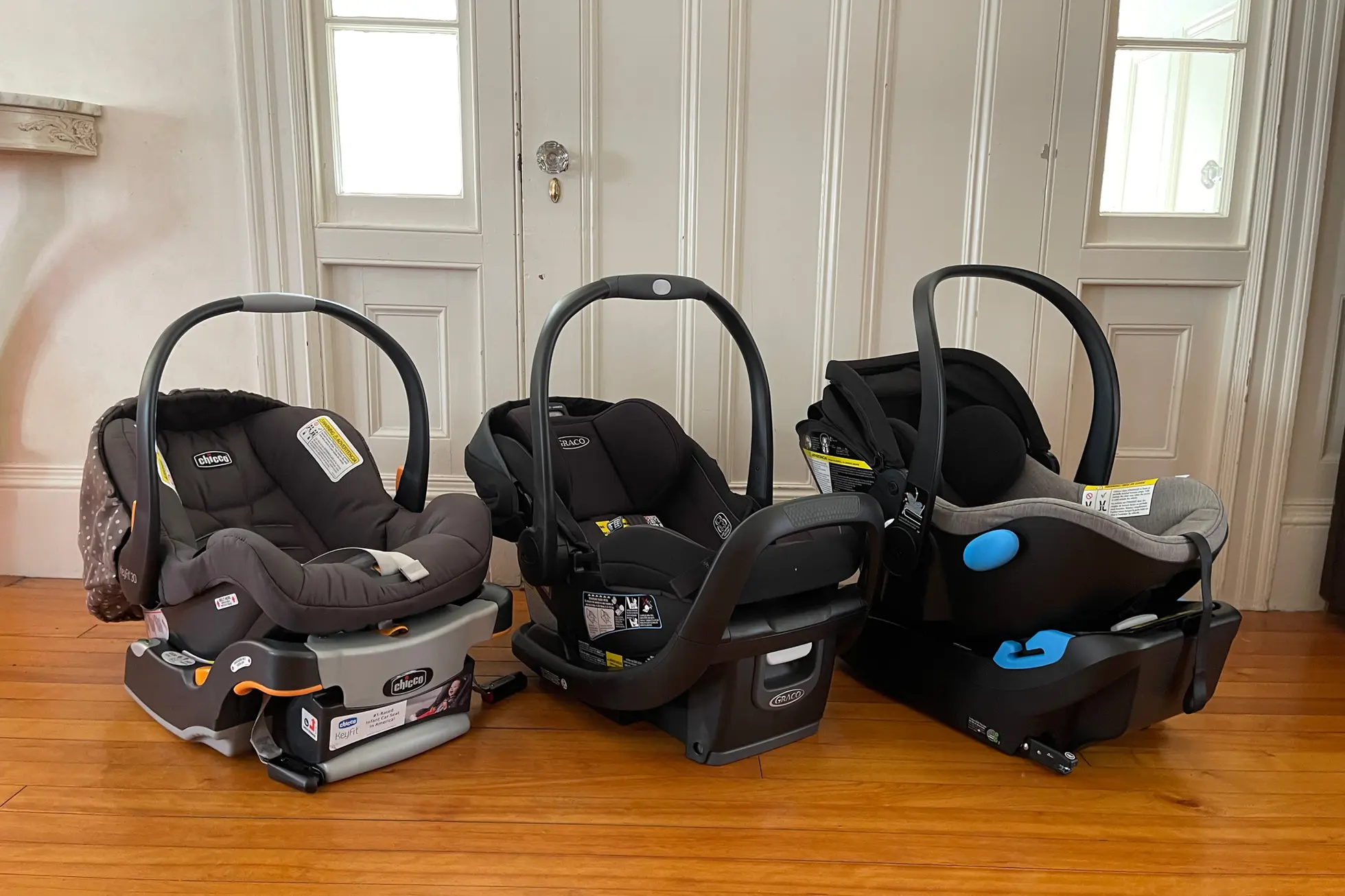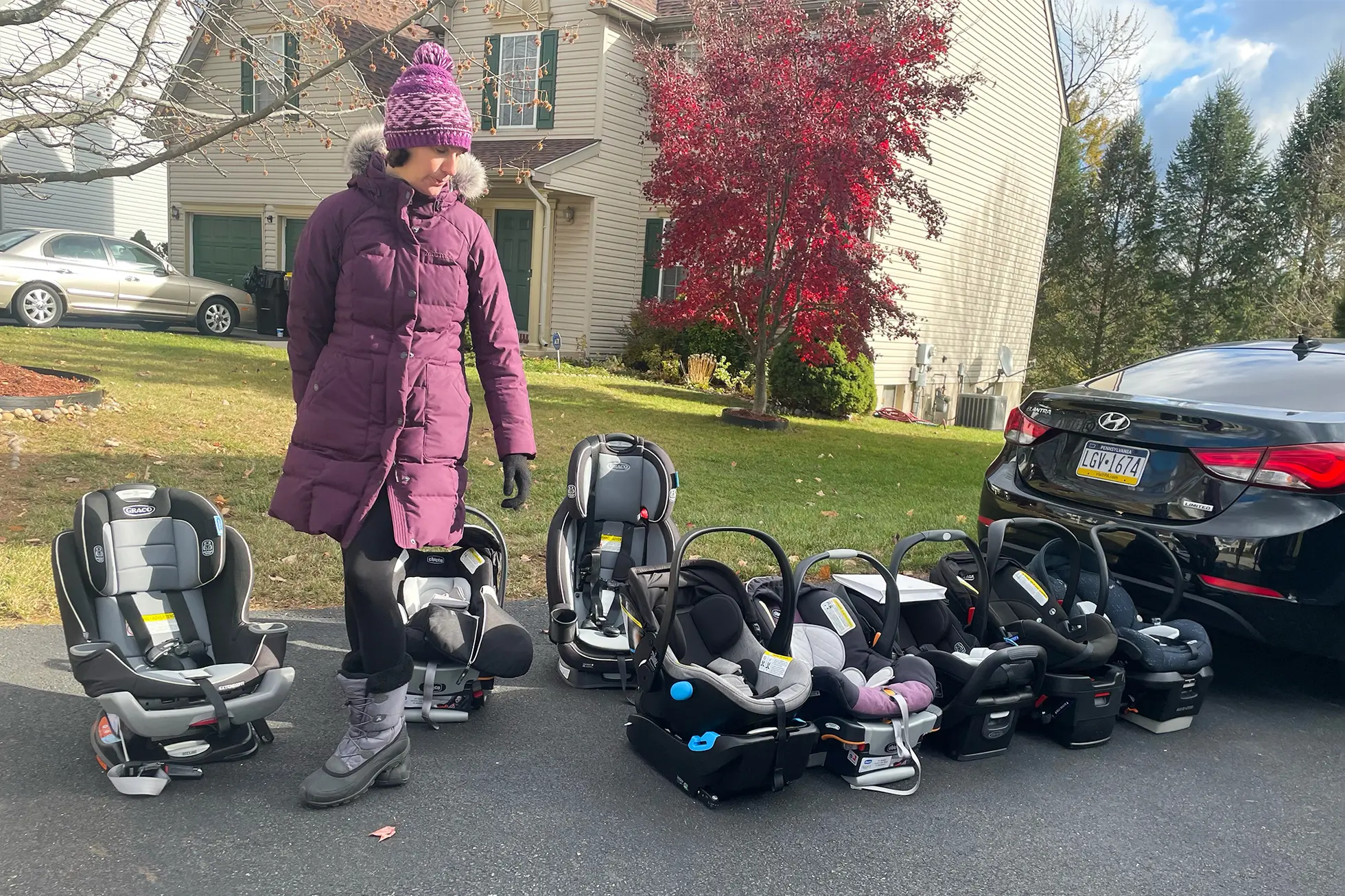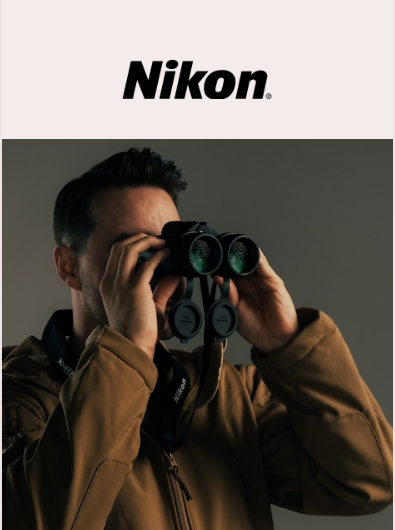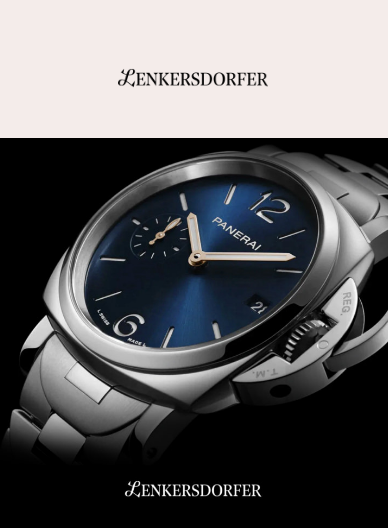
Before you make that cautious, white-knuckled first drive home with your new baby, you need to be armed with the proper equipment.
You can use an infant car seat from a child’s birth until they measure around 30 inches or weigh around 30 pounds. It varies by family, but the seat is likely to be in the mix until the child is between 9 months and 2 years of age.
All infant seats sold in the US are required to meet the same safety standards. But since there are more than 60 models available to choose from, navigating the purchase can be daunting. We’ve spent the past six and a half years consulting safety experts, scouring reviews, talking to fellow caregivers, and putting our top contenders to the test in the real world. We've settled on four infant car seats that do the best job of providing a safe and comfortable experience for you and your precious cargo: The Graco SnugRide SnugFit 35 DLX is our top pick, the Chicco KeyFit 30 is our runner-up, the Chicco KeyFit 35 is our also-great pick, and the Clek Liing is our upgrade pick.
If you have no experience with infant car seats, here’s what you need to know: An infant car seat is a bucket-like carrier that secures a baby with a five-point harness. It is designed to face the rear of the car, and the bucket carrier clicks in and out of a base that stays installed in the back seat. (The seats in the photograph above are shown clicked into their bases.) You install the bases using either the vehicle’s seat belt or the LATCH (Lower Anchors and Tethers for Children) system, which lets you attach a pair of metal hooks built into the base to a set of anchors built into the car. If you choose, you can buy multiple bases, so you can use the same bucket carrier in different cars without having to reinstall anything. You could also install the seat on its own with just a seat belt (no base)—say, if you’re traveling or taking a taxi. Whichever infant seat you choose, we’ve included helpful tips on how to safely use and maintain it.
The Graco SnugRide SnugFit 35 DLX provides the total package of user-friendliness, quality, and value. It’s one of the simplest infant car seats to install when you’re using the base, whether you install it with a seat belt or the LATCH method. This stylish seat has some bells and whistles usually reserved for pricier models, such as a removable seat pad for quicker cleanup, harness straps that you don’t have to undo and rethread to adjust, and one-handed handle adjustment. This seat also has the added safety feature of an anti-rebound base (a metal bar built into the base of the seat), which can help limit the amount the seat rotates (or rebounds) after the initial impact of a crash. At 10½ pounds, the SnugRide SnugFit 35 DLX is the heaviest of our picks. But our testers didn’t think it was too heavy to carry comfortably, and we found it was easy to operate and to click in and out of its base. The seat can accommodate babies up to 32 inches or 35 pounds (this is the upper range of the category, and it’s likely more than most people end up needing). The only real drawback to the SnugRide SnugFit 35 DLX is that we found its no-base, seat-belt-only install tricky to pull off; we had difficulty getting the seat in snugly (a common problem with infant seats that have an American belt-path configuration). Most people prefer to use the base with their infant seat anyway, so this may not be an issue for you. However, if you plan to often go without a base—say, for frequent taxi rides or travel—you might want to consider our also-great pick, the Chicco KeyFit 35, or our upgrade pick, the Clek Liing, both of which are better for baseless installs. Also, the SnugRide SnugFit 35 DLX is not as compatible with as many strollers from various brands as our other three picks are.
Seat weight (without base): 10½ pounds
Baby height, weight limits: 32 inches, 35 pounds
Stroller compatibility: Without the purchase of an extra adapter, this seat works with Graco strollers, the Baby Trend Snap-N-Go, and many Joovy strollers (PDF). With an adapter (sold separately), it’s compatible with more brands’ strollers, including those from Baby Jogger, BOB, Mockingbird, and Thule.
The Chicco KeyFit 30 is a crowd-pleaser, and it’s been a longtime favorite for a reason. The KeyFit 30 is easy and intuitive to install, particularly when you’re installing the base with the LATCH system. Installing the base with the seat belt is also simple, though that method does require some force to get the base in tightly (we had to sit on the base to apply enough pressure). As with our top-pick Graco seat, this Chicco model’s seat-belt-only, no-base install leaves a lot to be desired, and installing it snugly is a challenge. The KeyFit 30 is relatively lightweight—about a pound lighter than the SnugRide SnugFit 35 DLX—and comfortable to carry, and it’s simple to adjust. The bucket seat smoothly clicks in and out of the base. It has a lower weight and height limit than our other three picks, so it may not be ideal for larger-than-average babies or for families that want to use an infant seat longer. But it should be able to accommodate most tots for over a year, which is usually plenty. The KeyFit 30 is missing some of the convenient extras that the Graco seat has, such as a no-rethread harness, a removable seat pad for easy cleaning, and one-handed handle adjustment. The KeyFit 30 also lacks an added safety feature, like the anti-rebound base on the SnugRide SnugFit 35 DLX and the Chicco KeyFit 35 or the load leg on the Clek Liing. We consider those to be bonuses rather than essentials, however. (Note: The Chicco KeyFit 30 ClearTex is the same seat, available at the same price. But rather than the standard polyester fabric, its cover is made with Chicco’s newer ClearTex fabric, which has no added chemicals and has received a Greenguard Gold Certification for lower chemical emissions.)
Seat weight (without base): 9½ pounds
Baby height, weight limits: 30 inches, 30 pounds
Stroller compatibility: Without the purchase of an extra adapter, this seat works with many Chicco strollers (not all Chicco strollers accept infant car seats, and some require an extra adapter), the Baby Trend Snap-N-Go, and many Joovy strollers. With an adapter (sold separately), it’s compatible with strollers from many more brands, including Baby Jogger, BOB, Britax, Mockingbird, Thule, and Uppababy. (Note: It doesn’t work with the Britax B-Lively.)
The Chicco KeyFit 35 offers all of the things we love about the Chicco KeyFit 30, our runner-up pick—namely, it’s super user-friendly and easy to install—plus a few appealing upgrades. The KeyFit 35 comes with the added safety feature of an anti-rebound base, like our top pick, the Graco SnugRide SnugFit 35 DLX. And like our upgrade pick, the Clek Liing, the KeyFit 35 has a European belt path (a rarity in the US); this allows you to install the seat more securely when you’re not using the base—a major plus for families that frequently travel or take taxis. This seat also has a convenient no-rethread harness (similar to the Graco seat’s), so you won’t have to take apart and reassemble the harness to make height adjustments as your child grows. The KeyFit 35 can accommodate passengers up to 32 inches and 35 pounds (hence the “35”), in contrast with the KeyFit 30’s 30-inch, 30-pound maximum; this may not be an issue for most folks, but it could be helpful if you have a bigger baby or you’d prefer to use your infant seat longer (before switching over to a convertible seat). The main downsides of the KeyFit 35 are its weight and price: It’s half a pound heavier than the KeyFit 30, and it typically costs more than the KeyFit 30 or the SnugRide SnugFit 35 DLX; the KeyFit 35 is still a very good value considering its combination of desirable features. (Note: The Chicco KeyFit 35 ClearTex is the same seat, available at about the same price. But its cover is made with Chicco’s newer ClearTex fabric, which has no added chemicals and has received a Greenguard Gold Certification for lower chemical emissions.)
Seat weight (without base): 10 pounds
Baby height, weight limits: 32 inches, 35 pounds
Stroller compatibility: Without the purchase of an extra adapter, this seat works with many Chicco strollers (not all Chicco strollers accept infant seats, and some require an extra adapter) and many Joovy strollers. With an adapter (sold separately), it’s compatible with strollers from many more brands, including Baby Jogger, BOB, Mockingbird, Thule, and Uppababy.
If it weren’t for the price of the Clek Liing, we’d tell everybody to get one—it’s an exceptionally well-designed, well-executed car seat. We’ve never come across another infant seat that is quite this easy to install; it is so cleverly engineered that installing it with the base (using either the LATCH system or the seat-belt method) requires minimal effort. Part of what makes the Liing so simple to install and operate is that Clek has incorporated color-coded indicators throughout the seat (green means you’re good, red means something is amiss), which takes the guesswork out of using it correctly. And unlike the Graco SnugRide SnugFit 35 DLX and the Chicco KeyFit 30, the Clek Liing is also easy to install snugly if you’re using it without the base. This is because, like the Chicco KeyFit 35, it has a European belt-path configuration, which provides a more secure fit than the American configuration. The Liing comes with the added safety feature of a load leg, a metal support rod that sits between the car seat and the vehicle floor; in an accident, the load leg absorbs some of the initial impact of the crash and limits the amount that the seat can move. At 9 pounds, the Liing is the lightest of our picks to carry. The seat has the same height and weight allowances (32 inches and 35 pounds) as the SnugRide SnugFit 35 DLX and the KeyFit 35, and it comes in a range of stylish, high-end fabric options. Unlike our top pick from Graco, this Clek seat does not offer a no-rethread harness, a removable seat pad to make cleanup easier, or one-handed handle adjustment, and those omissions are disappointing (especially considering how much this seat costs). But the Liing’s sun canopy is the biggest we’ve seen, and this seat has the longest life span and best warranty of our picks.
Seat weight (without base): 9 pounds
Baby height, weight limits: 32 inches, 35 pounds
Stroller compatibility: Without the purchase of an extra adapter, this seat works with many Joovy strollers. With an adapter (sold separately), it’s compatible with a wide range of strollers from other brands, including Baby Jogger, Babyzen, Bugaboo, Colugo, Thule, and Uppababy. (See the full list on the Clek website.)
How we picked

There are more than 60 infant car seat models for sale in the United States. To cull the herd, we studied online customer reviews and coverage from other media outlets, including BabyCenter, BabyGearLab, The Car Seat Lady, Fatherly, and Mommyhood101. We interviewed nearly 20 experts on car seat safety, policy, and installation. And we considered the available research data and safety ratings.
All manufacturers selling seats in the US must subject their car seats to crash testing and meet NHTSA safety standards (PDF). To ensure that manufacturers are adhering to the regulations, the NHTSA conducts what it terms “safety compliance testing” of multiple seats each year, running the car seats through the prescribed crash-testing protocols to confirm that they’re in compliance, as promised. And the NHTSA collects those results in its database. We studied the results and factored them into our decision-making when possible. (Unfortunately, not every seat we considered had a report in the database. At the time of our research and testing, our top pick, the Graco SnugRide SnugFit 35 DLX, was a relatively new seat, so its report was not available.)
But we were cautious not to be directed by crash-testing data alone. Although some seats have better crash-testing scores than others, it’s challenging—even for experts—to know whether those small variations actually translate to meaningful differences in real-world performance. (See What about crash testing? for more details.) Since proper installation has such a significant impact on how a car seat performs, we also consulted NHTSA ease-of-use ratings, which rank seats on a scale from one to five stars. Keep in mind, however, that those star ratings are based on multiple categories: an evaluation of the instructions (that is, how clear and thorough the manual is), the vehicle installation features (how the seat’s features perform in an install), an evaluation of the labels (how clear and thorough the labeling is on the seat), and securing the child (how the seat’s restraint features work).
All four categories are pertinent. But the NHTSA may dock a seat’s rating for, say, the seat’s label not having a complete illustration of a child wearing the restraint; in our opinion that’s less important than whether a layperson can install the seat’s base snugly. So even though the NHTSA ease-of-use ratings are helpful, they don’t always line up with our own field-testing experiences and takeaways.
We also took into account that since the first version of this guide, in 2018, many more infant seats have begun offering added safety features, such as load legs and anti-rebound bases (see Understanding optional safety features for details). These features are designed to reduce the seat’s motion or absorb some of the impact in a crash, and we can appreciate their potential benefits. But we had to weigh their overall importance carefully, since they can add to a seat’s cost and are still less vital to a baby’s safety than a proper install.
Another issue we faced as we were finalizing our short list of infant seats was trying to sort through the often-confounding differences among the models and model names, many of which sound like they’ve been chosen for journeys into space. (Think we’re exaggerating? Our top pick, the Graco SnugRide SnugFit 35 DLX, has a whole host of cousins, including the SnugRide SnugFit 35, the SnugRide SnugFit 35 LX, the SnugRide SnugFit 35 Elite, the Premier SnugRide SnugFit 35 XT, and the Premier SnugRide SnugFit 35 XT featuring Load Leg Technology.) Many major car seat manufacturers sell multiple versions of similar infant car seats but with slight variations to the features that typically affect the name and price. For example, a manufacturer may make two seats that are nearly identical, except they have different infant height and weight limits. Or a manufacturer may offer a “base model” of a seat as well as different iterations of it, all with their own names and corresponding prices; each of these versions may have upgrades, such as a handle that you can adjust with one hand (versus the standard handle, which requires two hands), more recline positions for the base, or a no-rethread harness (which lets you adjust the strap height without taking the straps out and threading them back through).
After extended discussions with experts, we concluded that most of those optional upgrade features are generally not necessary (though in some cases they’re nice to have) and often not worth the added expense. When it came time to decide which infant seat models we would be field-testing—and whether we would be opting for any upgrades—we evaluated the features on a case-by-case basis to determine whether we thought they would be worth an extra cost. We also took availability into account: Sometimes the model with a few upgrades was easier to find through national brick-and-mortar retail chains, and the base model was available only online; in this case we opted for the model with wider availability. But this is not a perfect science, so we encourage any car seat shopper to use their own judgment to determine which seat model has the combination of features that works for them.

Our 20 total hours of background research led us to conclude that the ideal infant car seat should have the following attributes:
Be simple to install: Since proper installation is so intrinsic to a car seat’s safety—and since NHTSA data (PDF) shows that many car seats are installed incorrectly—we prioritize ease of install. We look for seats that a diligent adult who is following instructions can install correctly within a few minutes, without expert assistance. (Harried caregivers who’ve had to install a car seat in a relative’s car or in a rental know that an intuitive installation system trumps a well-crafted set of instructions. Even so, we definitely consider excellent instructions to be a bonus.) We also want seats that are manageable to install multiple ways, namely by using the base with LATCH (clipping the base to the car’s built-in anchors, forgoing the lap belt), using the base with the car’s seat belt, or installing just the seat itself without the base. (All of those methods are considered equally safe, as long as the fit is secure. But you should never use multiple install methods simultaneously, unless instructed otherwise.) Regardless of the install method, the goal is the same: If you grab the seat or the base near the attachment point and pull back and forth, it should move less than an inch in any direction.
Be as safe as possible: Whenever possible, we consider NHTSA crash-testing reports and ease-of-use data (see above for details). And though added safety features—such as a load leg or an anti-rebound base—are not essential, we consider them to be a plus, particularly if they are offered on a standard seat model at no additional cost. (In some cases, a car seat manufacturer makes the same seat with and without an added safety feature; we’ve noted if that’s an option, where applicable.)
Be easy to carry: An infant seat should be manageable to carry. If it already feels too heavy before you’ve even loaded in the passenger, it’s failing one of its key purposes. The seat’s handle should be easy to grasp and to adjust between positions.
Be user-friendly: Life with a newborn can be intense—an infant car seat should not be a source of frustration. The harness straps on the seat should buckle and adjust without any resistance or hassle. The bucket should click in and out of the base smoothly. The seat should be compatible with a variety of popular strollers (with or without the addition of an adapter). The seat’s fabric cover should be easy to keep clean. And finally, we appreciate thoughtful touches that save time or effort (even though they aren’t necessities), such as a no-rethread harness or an especially well-designed LATCH system.
Have a reasonably high height and weight limit: You don’t want your child to outgrow their infant seat before you’re ready and willing to switch over to a convertible seat. We look for seats that can accommodate babies of average to above-average size for over a year or more.
Be accessible: We focus on seats that are readily available—ideally in a choice of colors or designs—and that can be found at a variety of major retailers. Although we do consider models in a wide price range—and we recommend one high-end seat, the Clek Liing, as our upgrade pick—we give extra credit to seats that provide an especially good value.
Based on the criteria above, we narrowed our list of contenders to 12 infant car seats to test (or in some cases retest) in 2022.







